Estimated reading time: 22 minutes
Every year, Mexicans open their hearts and homes, inviting the souls of the departed to join in the festivities. In the heart of Mexico, amid the vibrant colours of marigolds, the warm glow of candlelight, and the enticing aroma of traditional foods, lies a celebration that transcends the boundaries between life and death.
The “Day of the Dead,” or “Día de los Muertos,” is an enchanting and deeply symbolic holiday that invites us to partake in a centuries-old dance with mortality. It’s a time when the living and the departed come together in a harmonious and joyful commemoration, making it not just a celebration of death, but a vibrant celebration of life itself.
Mexicans are famous for their love of celebrations – practically in their DNA! They seize every opportunity to throw a party, and their knack for turning a public holiday into a long weekend is nothing short of brilliant.
This blog will delve into the rich history of the day and explore the vibrant ways people celebrate it. It will offer tips on where to witness this heartfelt celebration firsthand. And for those of you with an appetite for traditional cuisine and the culinary customs that bring life to this extraordinary event, we’ve got you covered, too.
Key Facts
Day of the Dead is celebrated every year from the 31st of October to the 2nd of November.
Dia de los Muertos
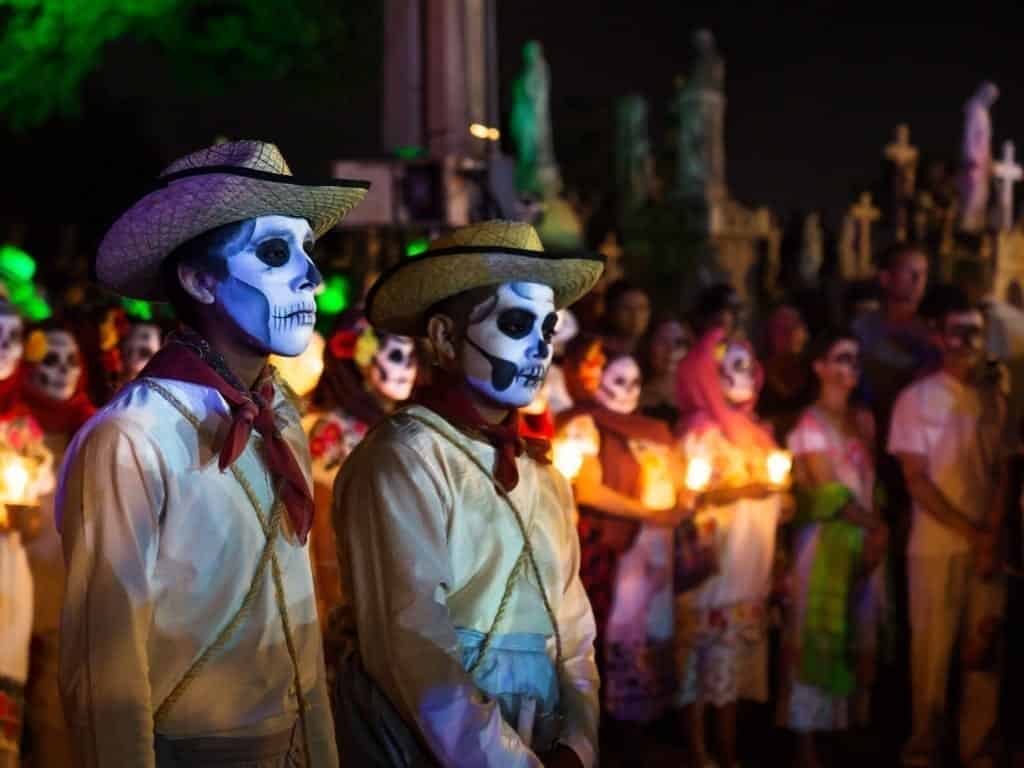
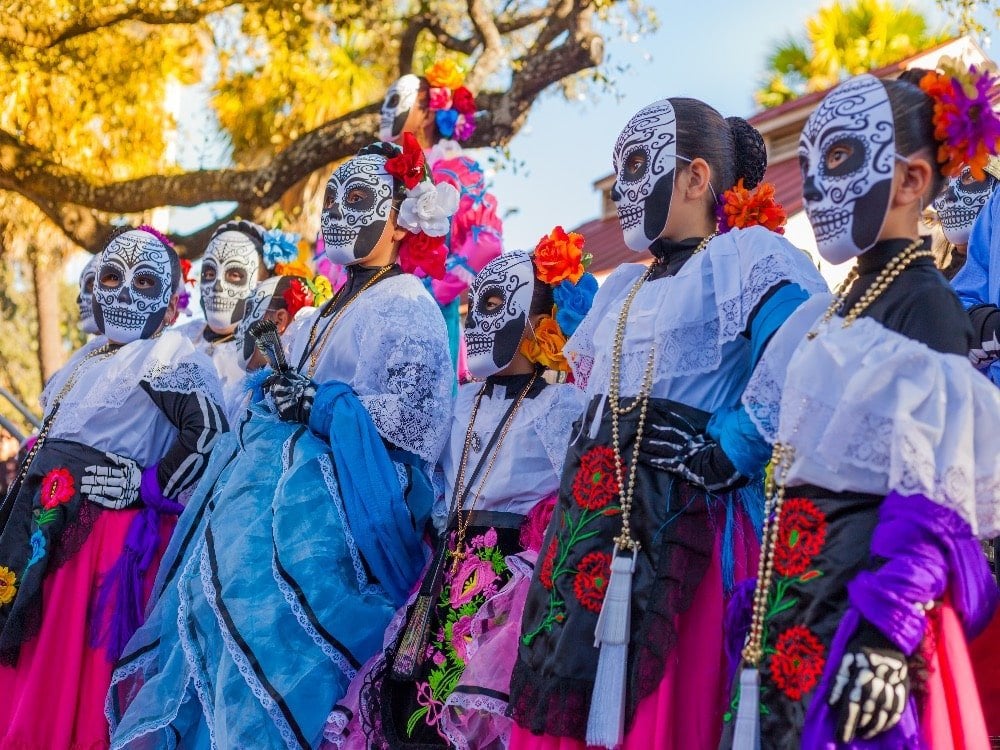
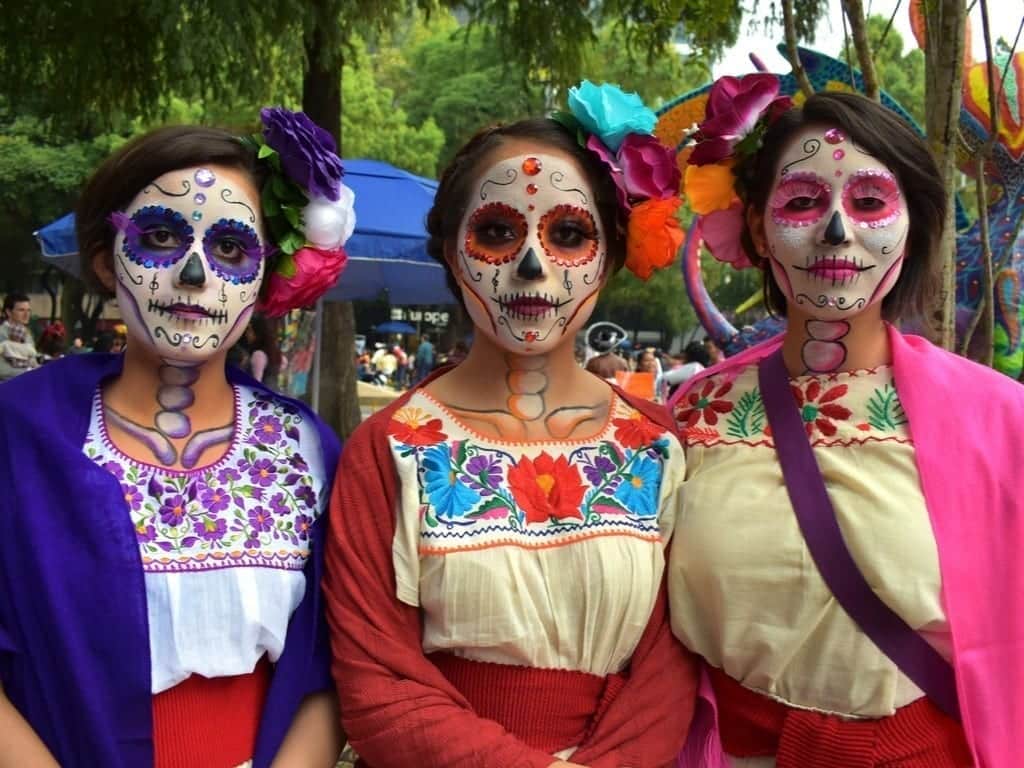
Día de los Muertos History
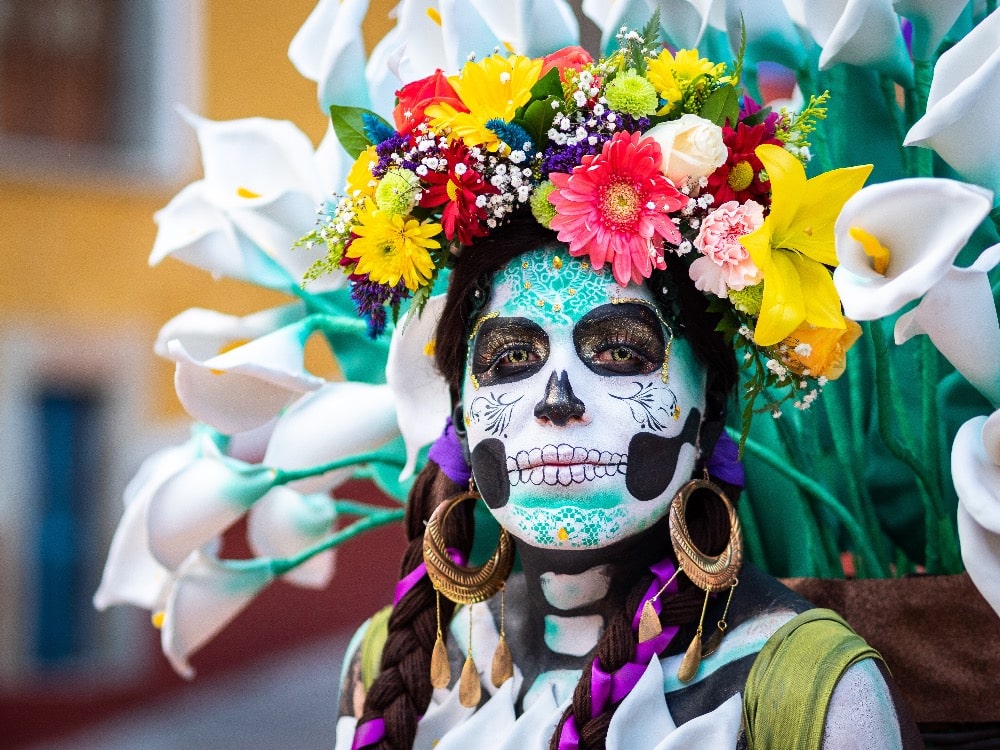


The Mexican Day of the Dead festival weaves a beautiful tapestry from ancient traditions. The rich fabric of Catholicism, and a fascinating history that predates the Spanish conquest.
This celebration is a profound link to the times of the Mayans and Aztecs, who held a profound belief that death was not a cause for sorrow, but rather an integral part of the natural cycle of life.
Viewing mourning the departed as an act of disrespect was common. Thus, the Day of the Dead becomes a radiant tapestry of joy and exuberance.
It stands as a heartfelt tribute to ancestors, returning to the realm of the living, and reuniting with their families.
The art of Day of the Dead makeup takes center stage, as people lovingly paint their faces to resemble joyful skulls, adorned with decorations that symbolise cherished loved ones who have journeyed beyond this life.
It’s a celebration that honours the enduring bonds of love and remembrance with unbridled spirit.
When Is It?
“Día de los Muertos,” or the Day of the Dead, is a celebration in Mexico and other parts of Latin America from October 31st to November 2nd. The specific dates are as follows:
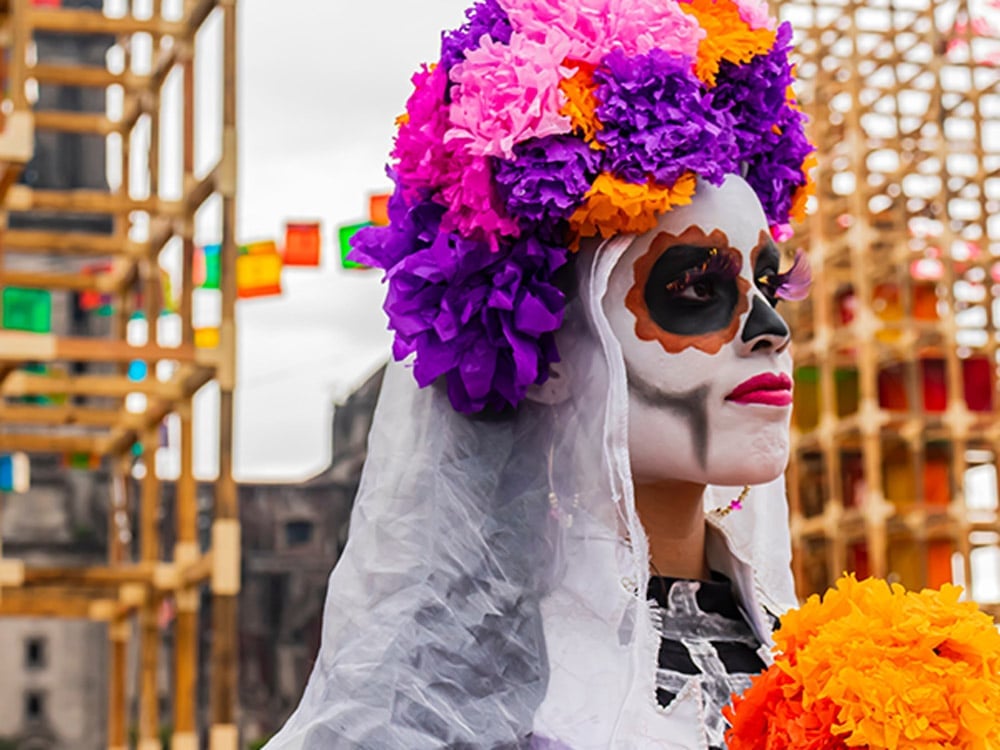
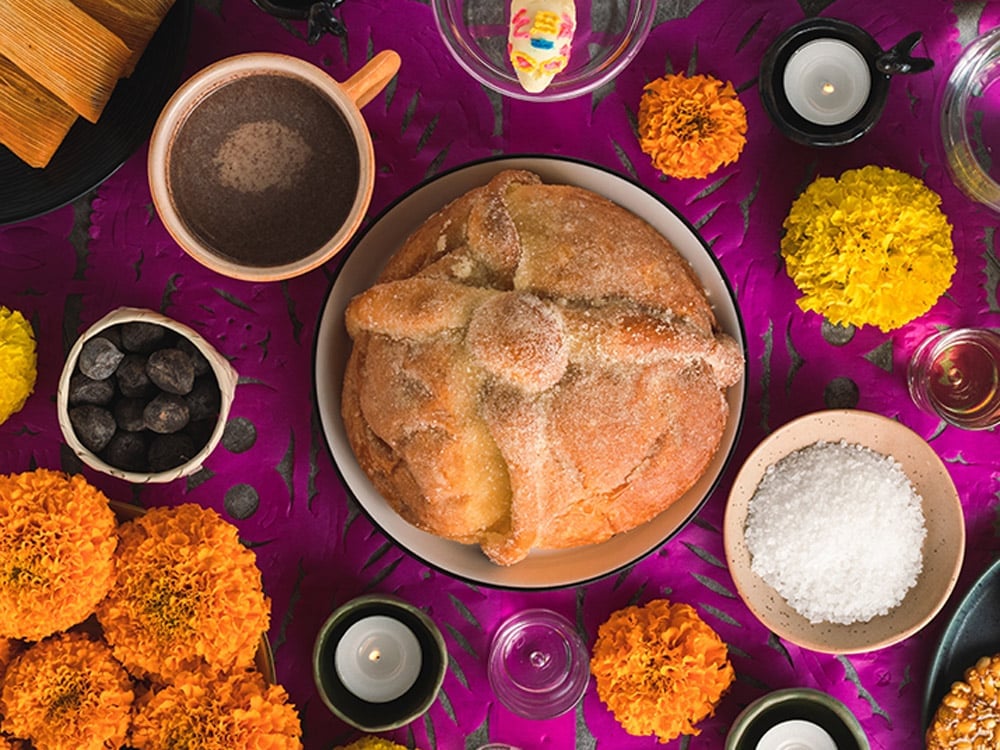

Día de los Angelitos
31st October
Day of the Little Angels/All Saint’s Day starts the festival off where the spirits of children who have passed away spend 24 hours with their parents and loved ones.
Family members decorate the altars with the child’s favourite toys and snacks.
Día de los Inocentes
1st November
Also known as Day of the Adult Souls or All Saints’ Day: On this day, families honour deceased adults and saints. Families create altars, adorn graves with flowers and candles, and visit cemeteries to clean and decorate the burial sites while spending time in contemplation and remembrance.
Día de los Muertos
2nd November
Known as the Day of the Dead or All Souls’ Day: This is the most prominent and widely celebrated day of the festival. Families gather to remember and honour all departed loved ones, both adults and children. Families visit cemeteries to share stories and memories of their loved ones, strengthening the ancient bond between the living and the dead.
Day of the Dead Food
At the core of the day, food takes centre stage, not merely as sustenance but as a loving tribute to those who have passed. The dishes lovingly prepared are a symphony of memories, a harmonious blend of flavours, and a celebration of life and connection.
In this heartfelt celebration, the departed find solace and joy in the dishes they cherished in life. It’s a heartwarming reunion, a chance to savour their favourite food and drink once more in the embrace of family. The aroma of these dishes, rich with nostalgia, wafts through the air like a loving caress.
Picture a table adorned with an abundance of dishes, all brought together at once amid shared laughter and stories. Here, we have gathered some of our recipes that people typically lovingly prepare during this cultural celebration.
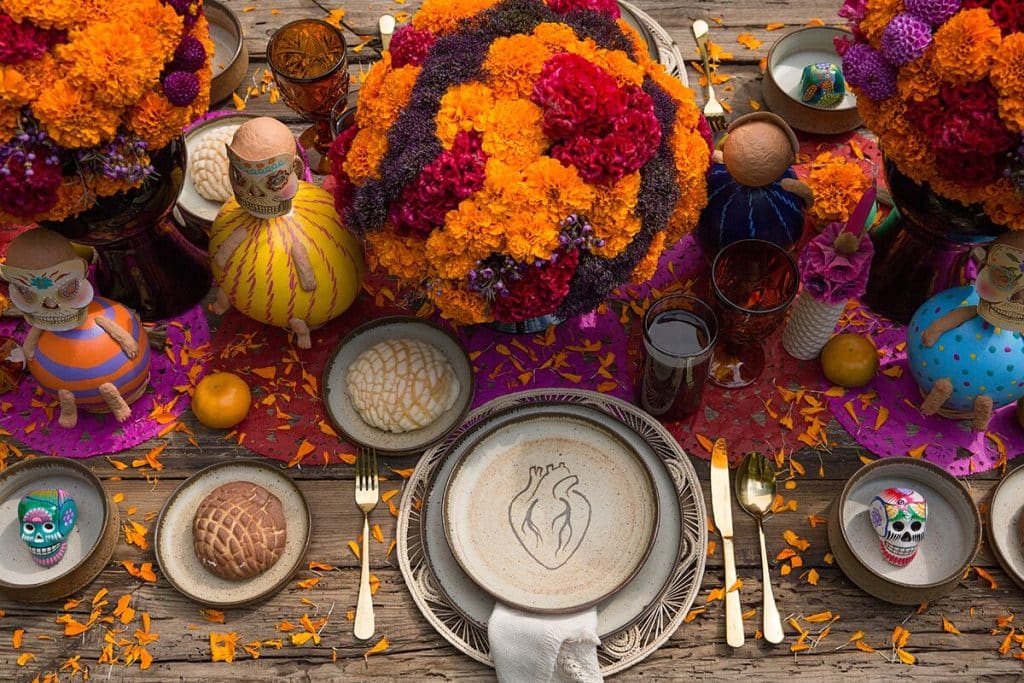
Starter Menu
Stuffed Peppers
When it comes to Day of the Dead, you can’t miss the delightful stuffed peppers. It’s a favourite among Mexicans because there’s a special way of preparing it.
The magic begins by battering and frying these lovely peppers to crispy perfection. And that’s just the start! To add even more flavour and heart to the dish, they craft a luscious chipotle, tomato, garlic, and onion sauce to accompany the mozzarella-stuffed peppers.
Main Menu
Mole
People whip up mole during special occasions and festivities in Mexico, such as the Day of the Dead. They usually pour this traditional Mexican sauce over the meat. Making it from dried chillies, nuts, warm spices, raisins, other sweet fruits, and tomatoes. For our Chicken Mole recipe, we have paired it with chicken breasts and our Mexican Rice recipe. And the mole contains our Gran Luchito Chipotle Paste to give a smoky and sweet taste.
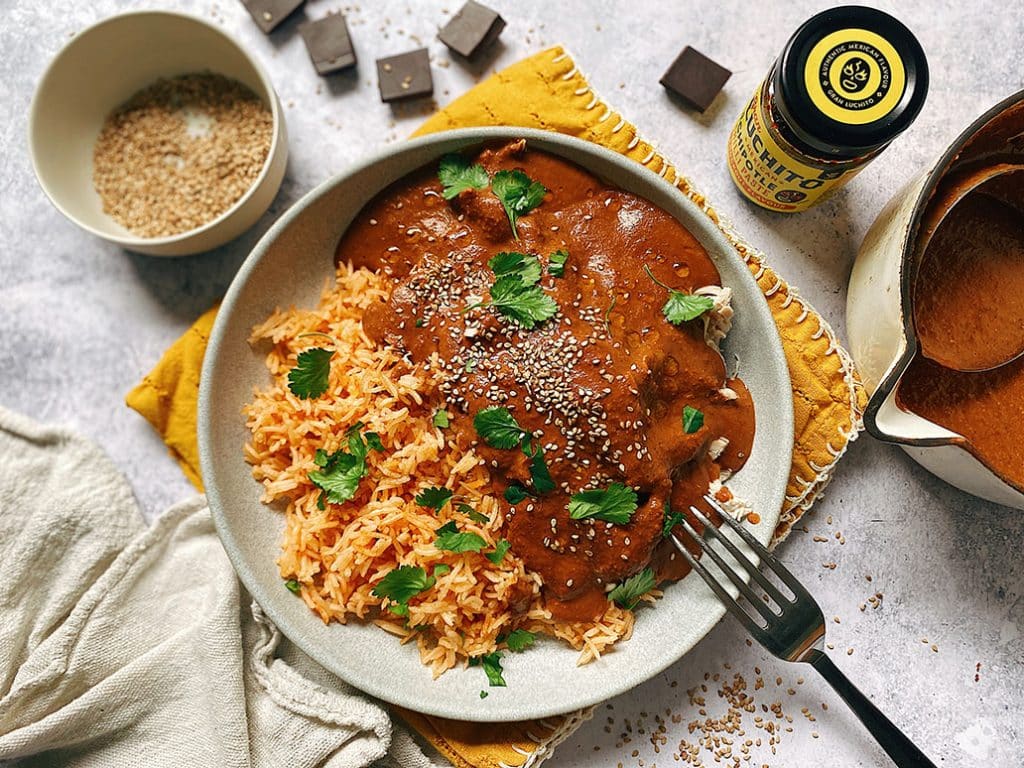
Pork Pibil
This slow-roasted pork dish is another favourite dish for the festivities that the ancient Mayan civilisation used to cook for their deceased relatives. They usually marinate the pork with bitter oranges, spices, and annatto seeds to give this dish its vibrant burnt orange colour. Have it in tacos, like we like to do at Gran Luchito!
Like Tamales, Enchiladas are a beloved Mexican dish that reflects cultural heritage and family traditions. Enchiladas may be included on ofrendas as offerings to honour deceased loved ones, symbolising nourishment for the spirits. The act of preparing and sharing enchiladas often brings families together, reinforcing the themes of remembrance and celebration that are central to the holiday. Essentially, any food that has familial or cultural significance can play a role in the festivities, making enchiladas a fitting choice for the occasion. We have a variety of enchilada dishes for you and your family to try out, from cheese enchiladas to vegetarian enchiladas and chicken enchiladas.
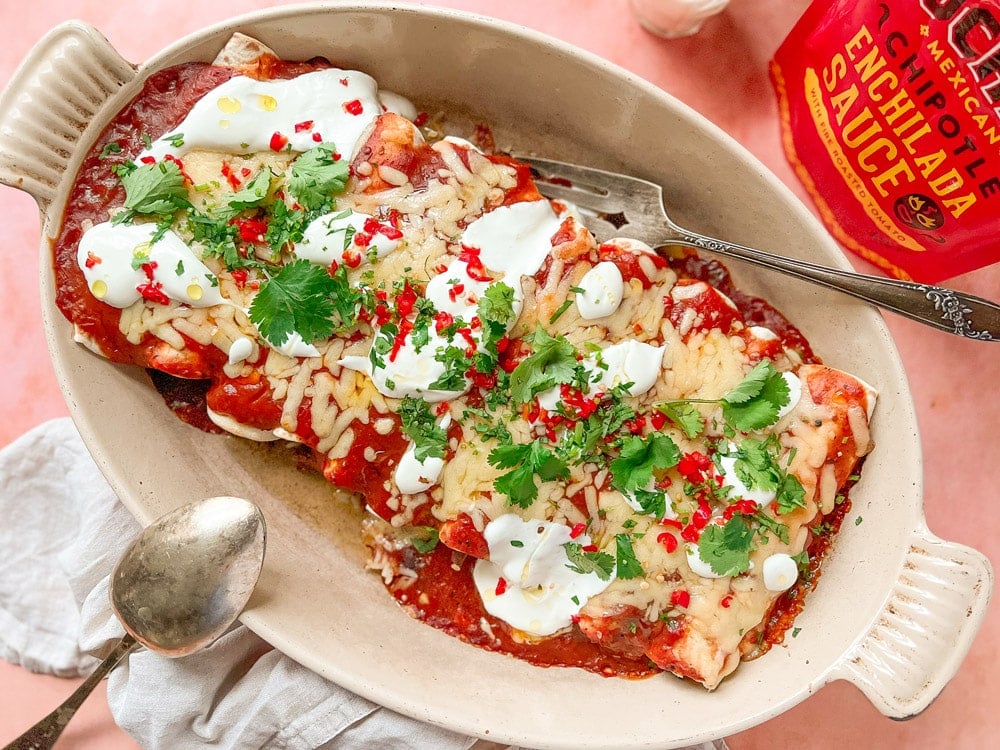


Side Dish Menu
Mexican Rice
Our Mexican Rice recipe is a great side dish to many of the recipes mentioned above that you can have on the table for the day. The fact that it’s orange is great too (symbolising the sun and the warmth of life)! It’s so much better than the microwaveable rice you find in a packet. If you’re looking for flavourful rice, then definitely give this recipe a try.
Frijoles
Frijoles, also known as Refried Beans, are a traditional way of eating beans in Mexican cuisine. In our recipe, we simmer our Gran Luchito Cantina Beans, which are black beans with onion, garlic, and Gran Luchito Chipotle Paste, then blitz until smooth. Then, they top them with crispy chorizo, sour cream, and coriander, but you can enjoy them with just about any topping you prefer.
Other Traditional Foods
Other traditional foods we must mention that people always prepare for Día de los Muertos include Pan de Muerto (bread of the dead) and Day of the Dead Sugar Skulls, which they also use as offerings for the altars. They always prepare atole, a traditional non-alcoholic thick drink made of corn, cinnamon, and vanilla. They serve it hot and consider it a comforting drink during the Day of the Dead festival.
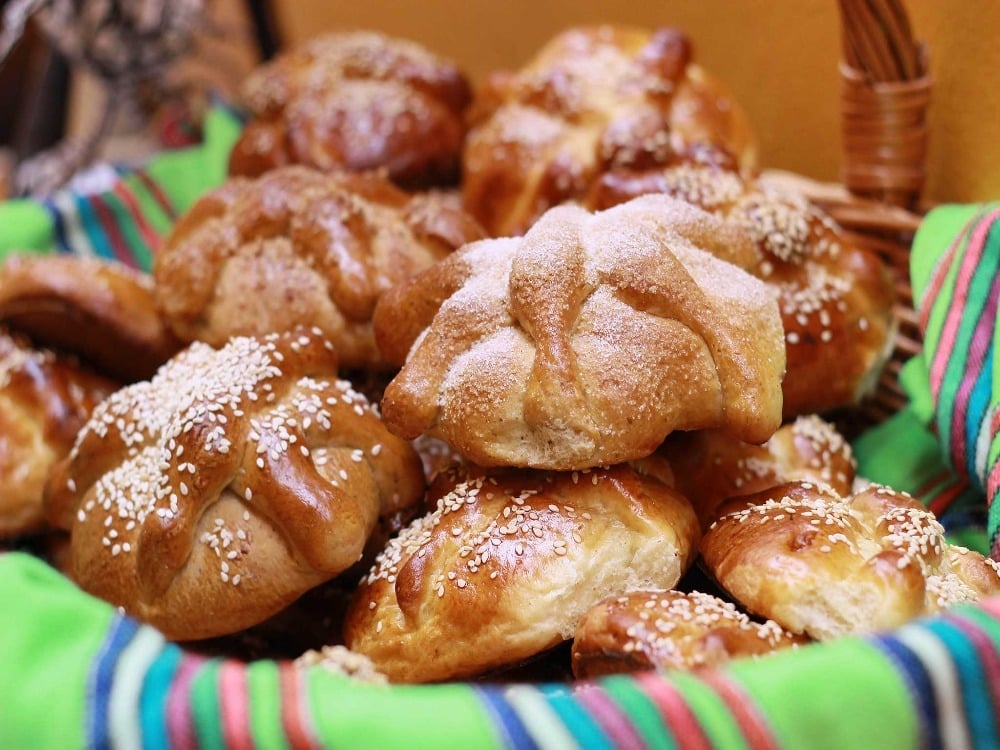
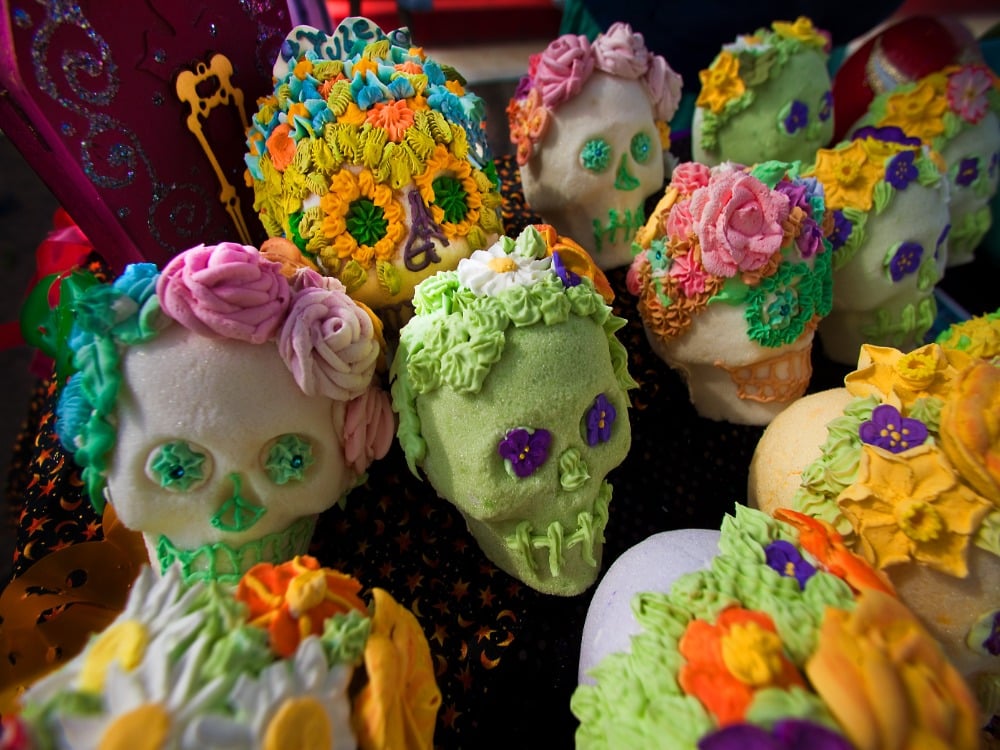

Artistic and Cultural Impact of Día de los Muertos
Before the Spanish arrived, the Aztecs celebrated a unique Day of the Dead during their ninth month, which fell around August. They preserved skulls as trophies and displayed them during the festivities, embodying the essence of death and the promise of rebirth. With the Spanish conquest, the festivities were moved to early November to align with Catholic commemorations. However, the heartbeat of the age-old rituals persisted.
I have shortened the text by removing some unnecessary words and phrases, and by combining sentences. I have also tried to keep the most important information, such as the fact that the Day of the Dead is a unique Aztec tradition that has been influenced by Catholicism.
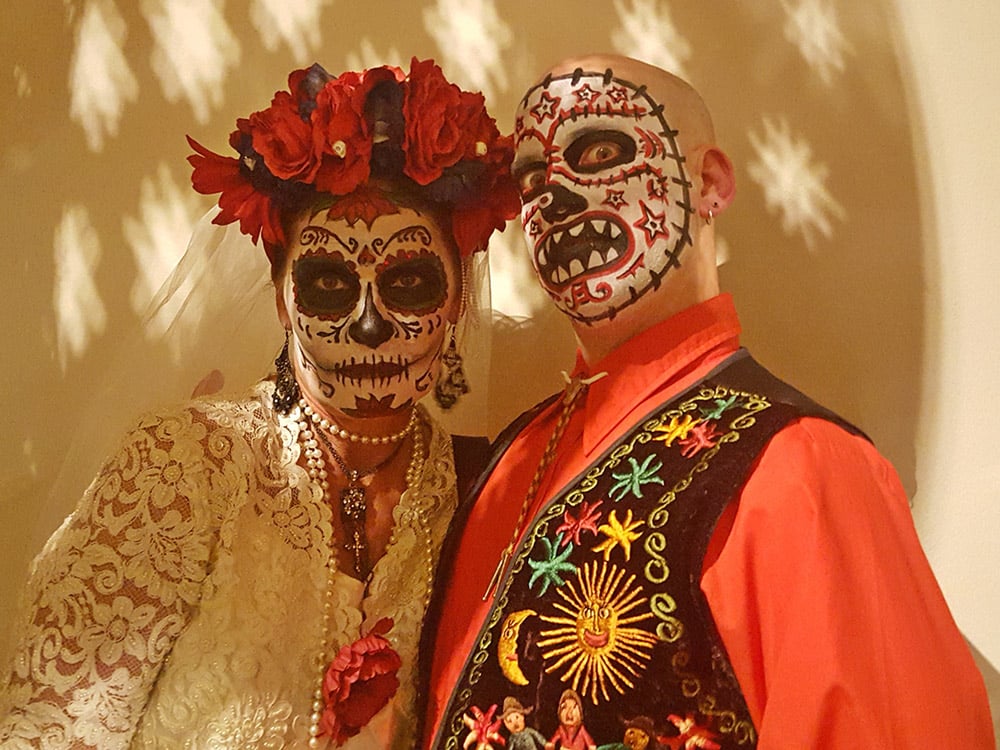
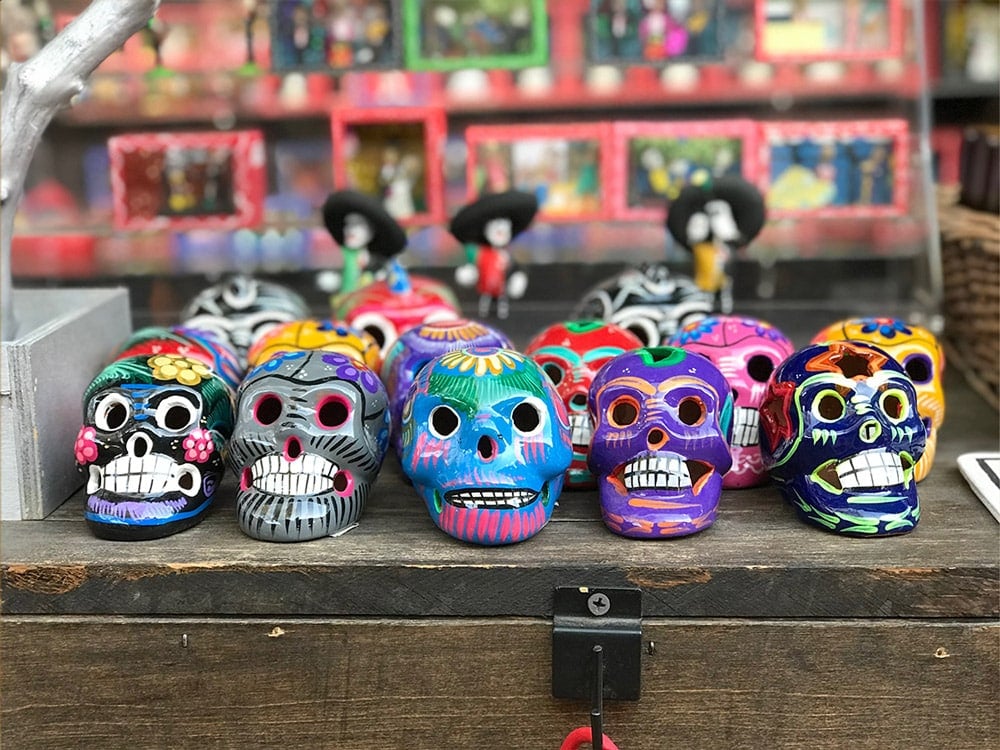
Día de los Muertos Traditions
1. Decorative Objects
In the belief systems of pre-Hispanic civilisations, the concept of the immortal soul was of profound importance.
After the earthly vessel’s passing, the soul embarked on an enduring journey through the underworld, necessitating sustenance and tools for the voyage.
Hence, both gastronomic items and decorative artefacts assumed crucial roles. However, the focal point of Mexico’s Day of the Dead observance undeniably lies in the meticulously adorned altar, embellished with offerings.
These offerings typically encompass not only food and unique seasonal sweets but also an array of symbolically charged items, collectively representing the Mexican perspective on death and brimming with allegorical depth.


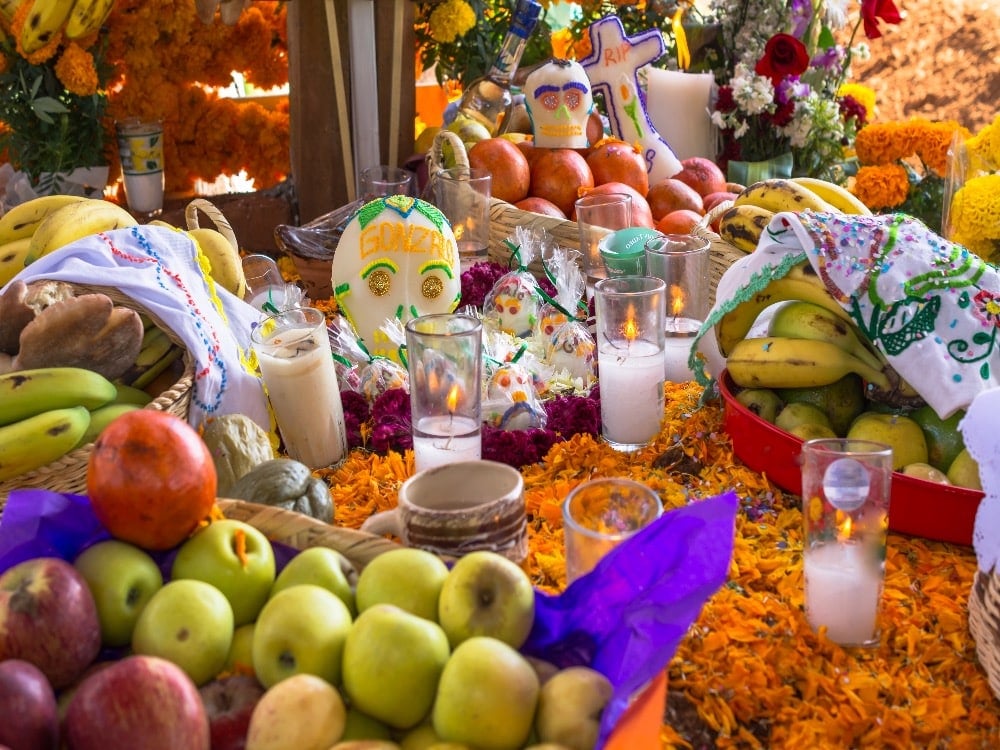

2. Altars
In the heartland of cherished traditions, the enchanting ritual begins to unfold on October 28th, as families lovingly set up and adorn their altars. These altars, radiant with reverence, reach their pinnacle of splendour on November 2nd, a day alive with significance. The journey begins on the first day when people tenderly light a single candle and place a pure white flower. With each passing day, the altar blossoms further. On the next day, they add another candle to the tableau and present a glass of water to nurture the soul’s passage. By the third day, they introduce the glow of a new candle, add another glass of water, and make a tender offering of white bread, symbolising nourishment for the spirit’s voyage.
Then, the season’s vibrant fruits arrive – tangerines, guavas, oranges, apples, and tejocotes, each bearing the gift of nature’s abundance. On November 1st, the altar transforms with the appearance of sweet delicacies, the allure of chocolate, the warmth of pumpkin in tacha, and the grace of vivid flowers. And on the day itself, the altar becomes a banquet for the departed, graced with their favourite foods, accompanied by tequila, mezcal, and beer, celebrating a feast that transcends this world, uniting the living and the beloved departed in a heartfelt communion of love and remembrance.
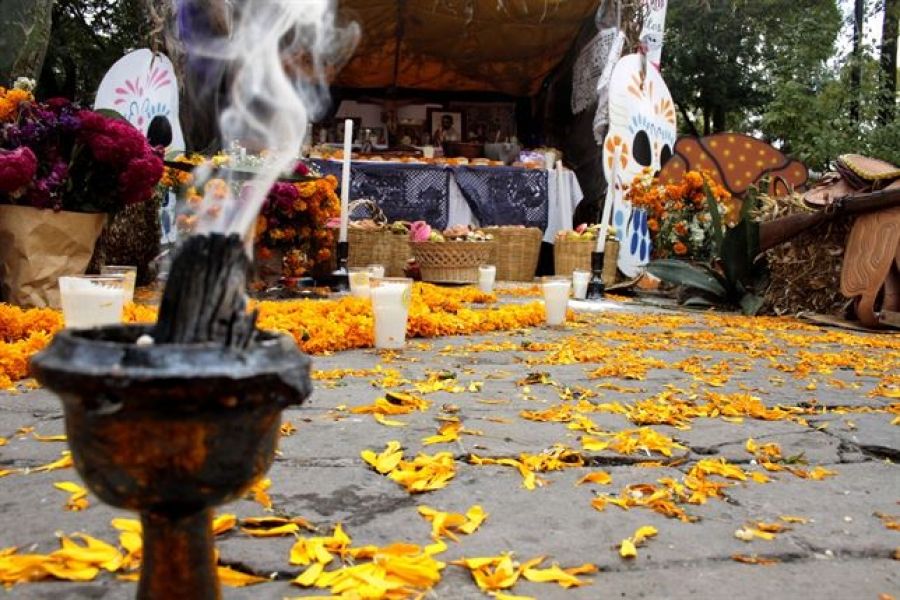

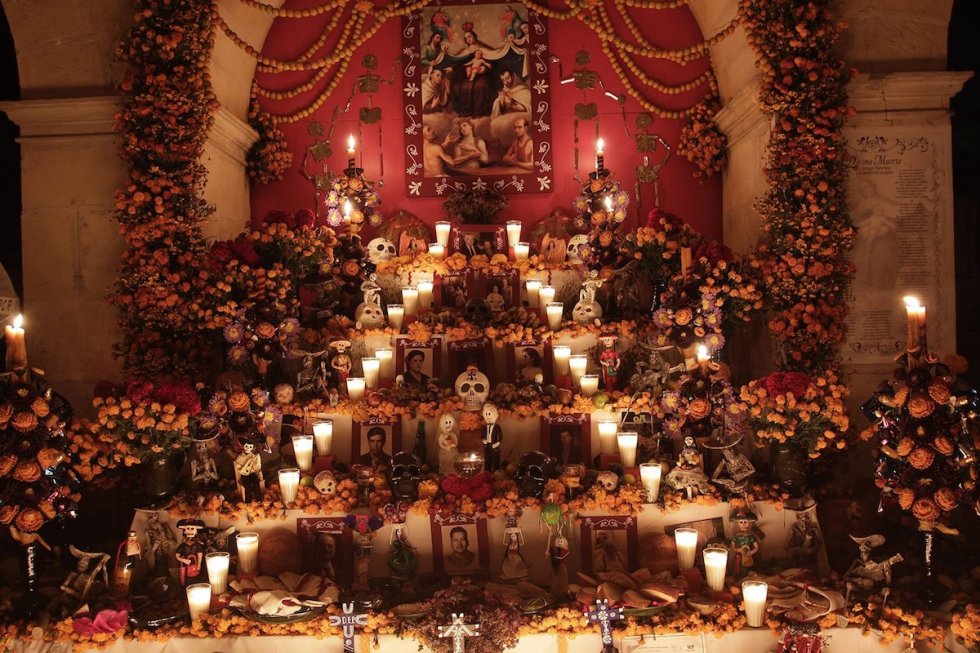
3. Incense
In the heart and soul of the celebration, one cannot overlook the enchanting role of incense, particularly the sacred copal resin, which weaves an invisible yet powerful thread between the living and the departed. This incense, often lovingly referred to as “the breath of the gods,” has an ethereal quality that transcends the material realm. Its significance goes beyond the mere physical sensation; it carries the hopes, prayers, and memories of those who light it.
As you stand before the ofrenda, the altar, surrounded by marigold petals, candles, sugar skulls, and cherished mementoes of the deceased, the copal incense casts its aromatic spell. Love, memory, and tradition dance upward like the spirits themselves in this fragrant embrace, reminding us that they transcend the boundaries of time and space.
Incense is not just a symbol; it’s a living, breathing part of the Day of the Dead celebration. It speaks to the heart and spirit, carrying messages of love and remembrance, and building a bridge between the living and the dearly departed. In the swirling smoke of copal, we find a profound connection, a fragrant testament to the enduring bond between this world and the next.

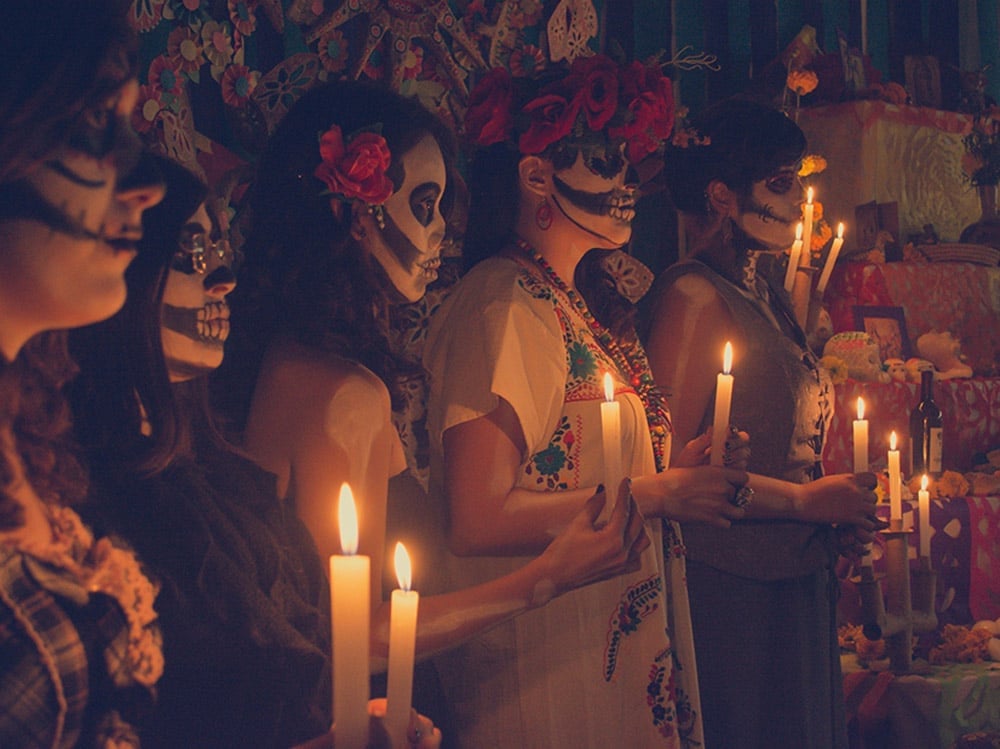
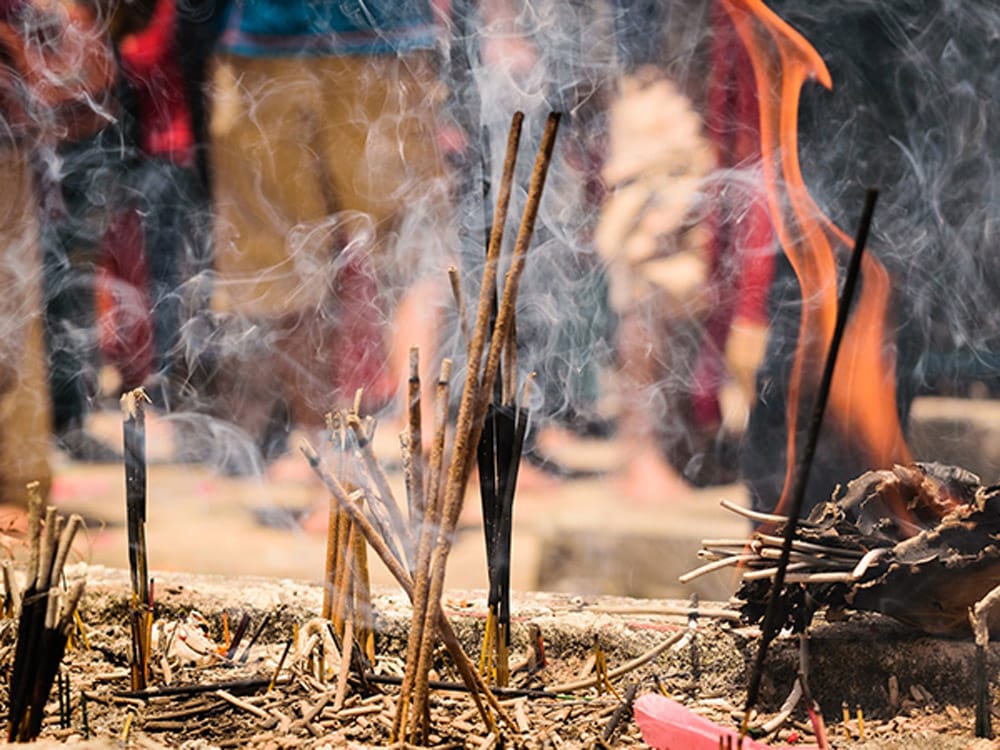
The Best Places in Mexico to Celebrate Día de los Muertos
People throughout all of Mexico celebrate the Day of the Dead with heartfelt enthusiasm. However, there are a couple of places that have become popular specifically for their Day of Dead celebrations.
Oaxaca
In Oaxaca “The Days of the Dead” represents a mixture of tradition, worship, celebration, magic and history. It is a magnificent show that takes place in the Pantheons.
They adorn the main pantheon with more than 2,400 candles. Among many activities, the Altars of the Dead Contest stands out for us. Each family spectacularly decorates the tombs as a tribute and offering to their loved ones who have left this world.
The entire City of Oaxaca prepares for this meeting with the deceased. In each of the Pantheons, there are activities for everyone to participate in or just watch.

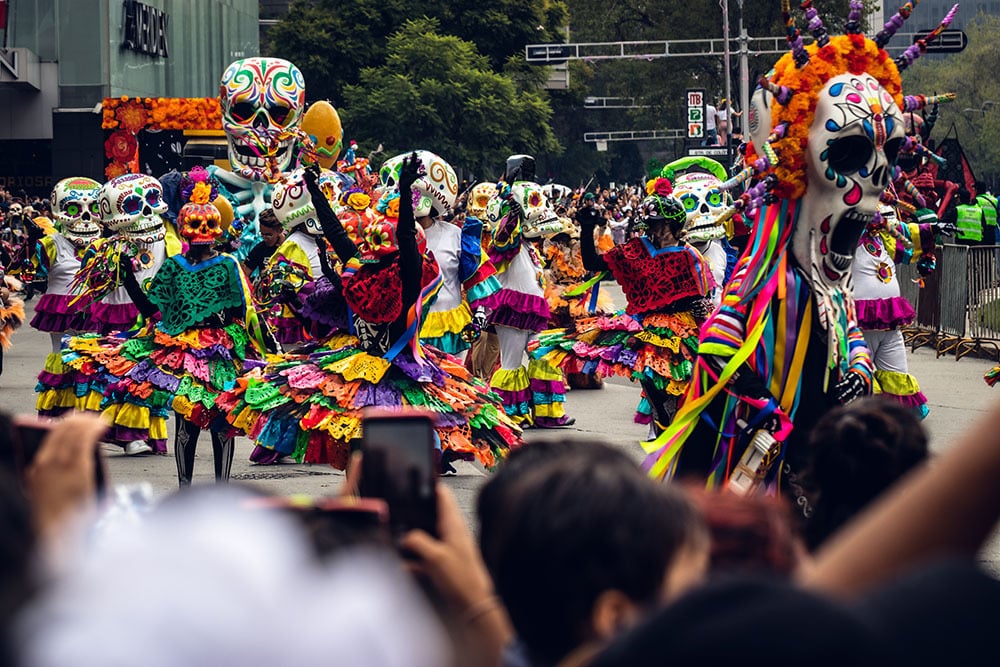
Pazcuaro
Pazcuaro, in the state of Michoacan, offers another incredible place to watch the Mexican Day of the Dead. Besides the pantheon decorations, they also decorate all of the fishing boats with candles and flowers in all colours. This is quite a sight! The islands in the Pazcuaro lake, especially the Janitizio, have activities, festivals, and shows to entertain the locals and tourists. They go on all day and night from the 28th of October until November 2nd.
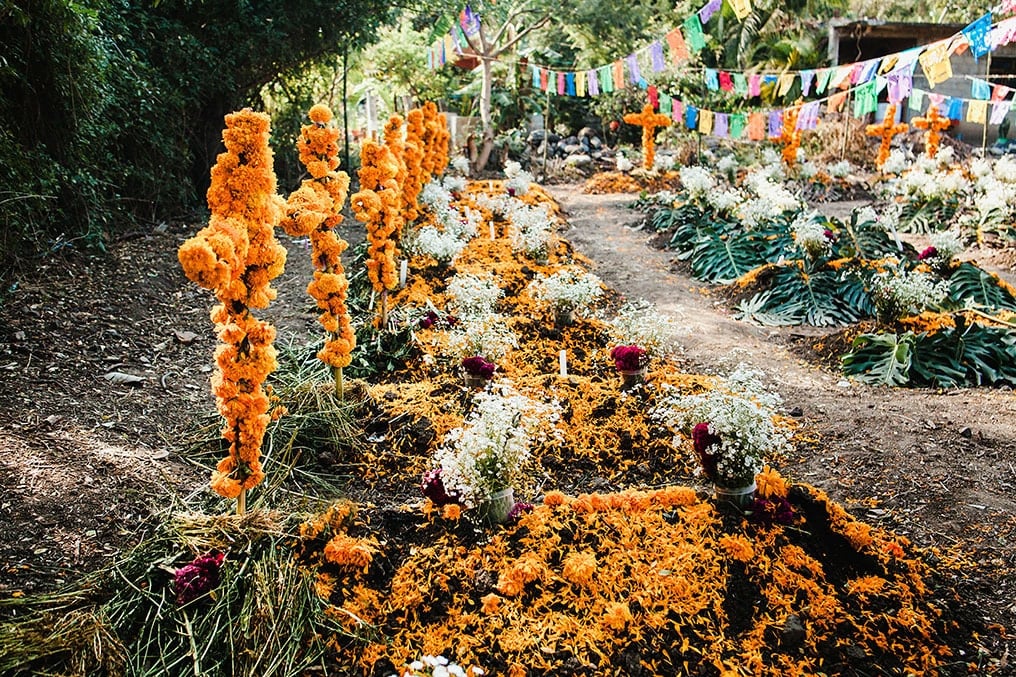
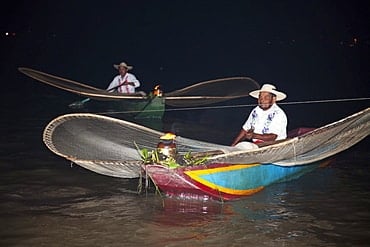
We hope you enjoyed reading our blog on What is Day of the Dead. Definitely a celebration you should not miss if you happen to be in Mexico during this time!
Other Blog Articles You May Like:

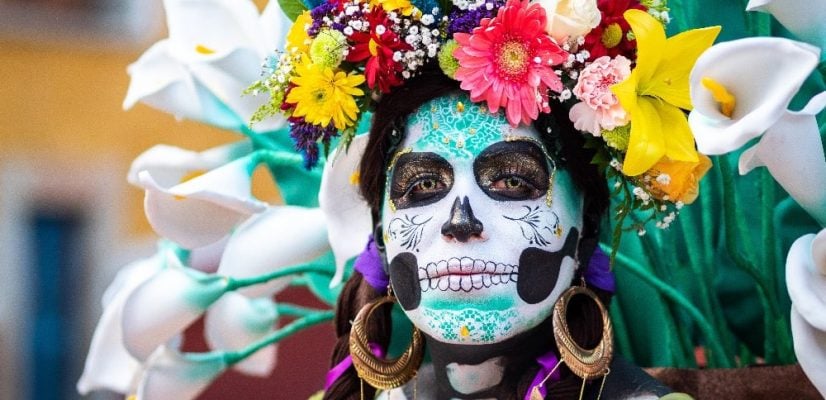
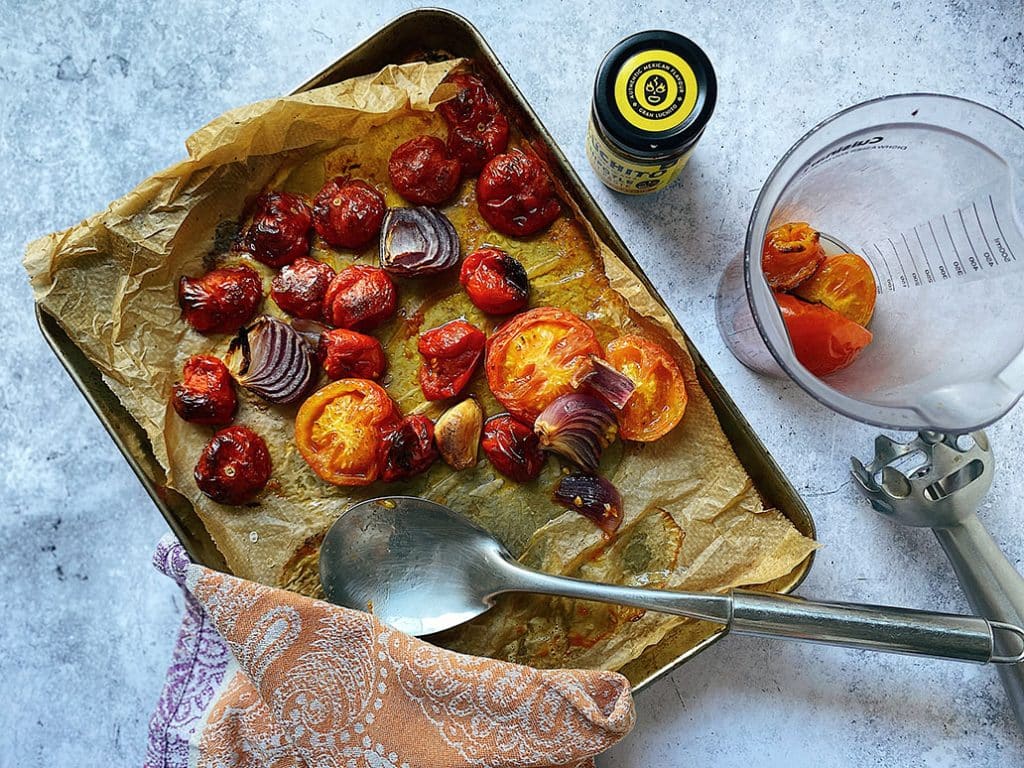
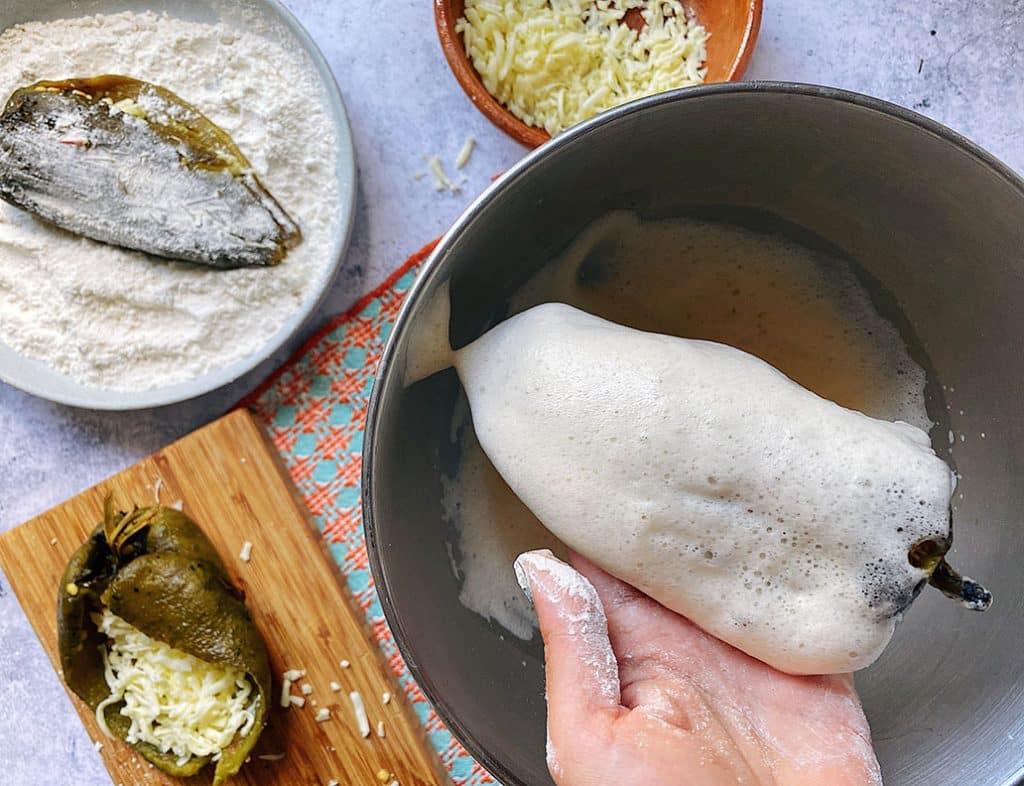
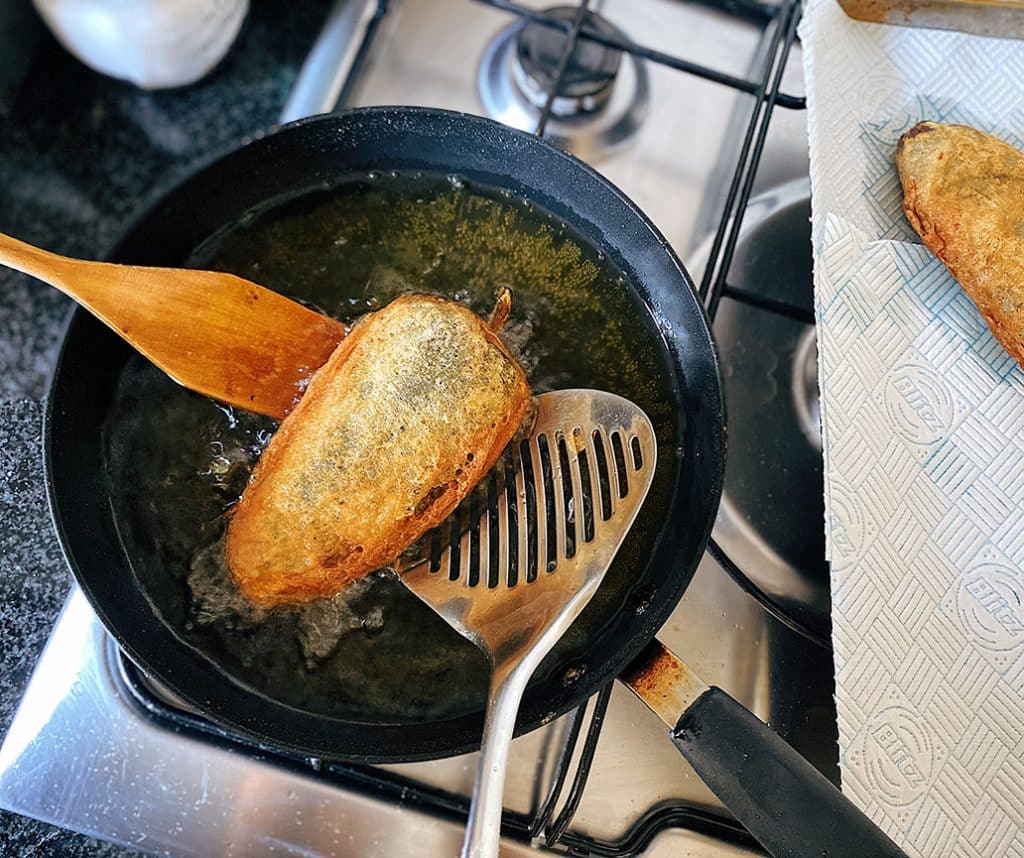
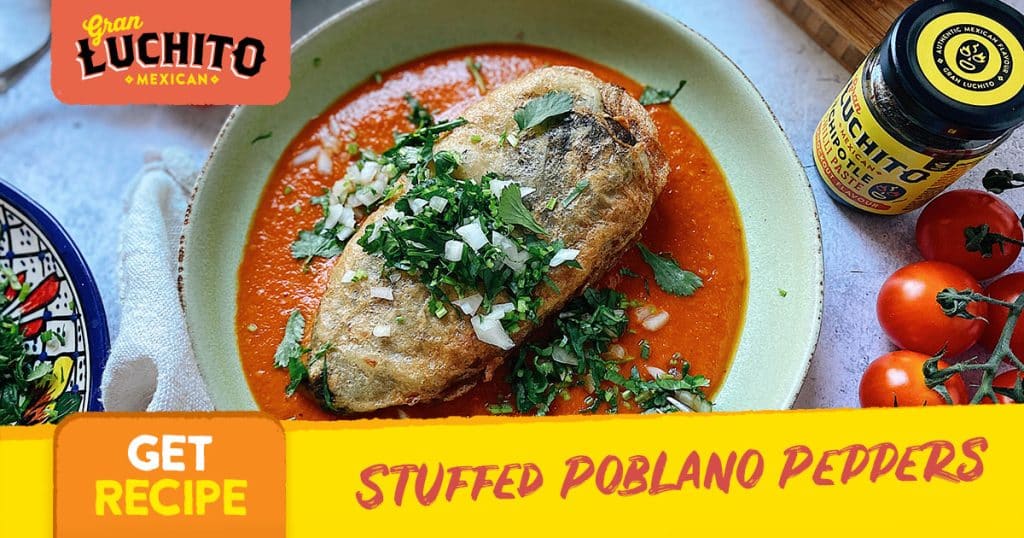

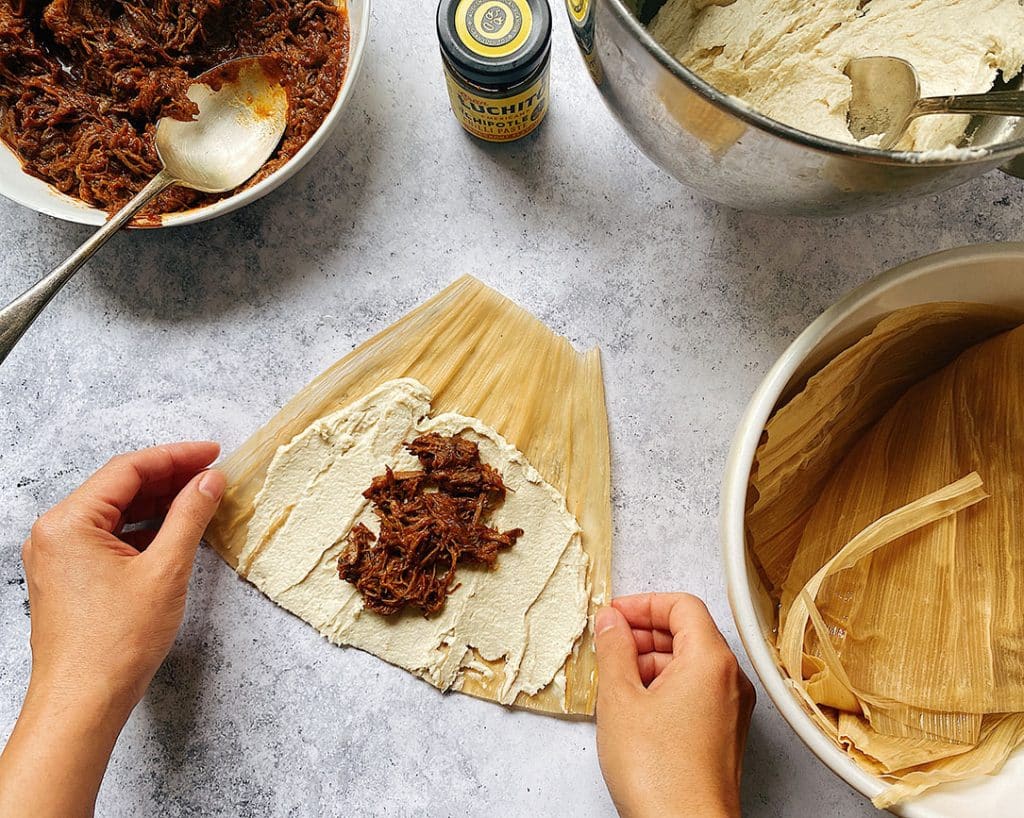
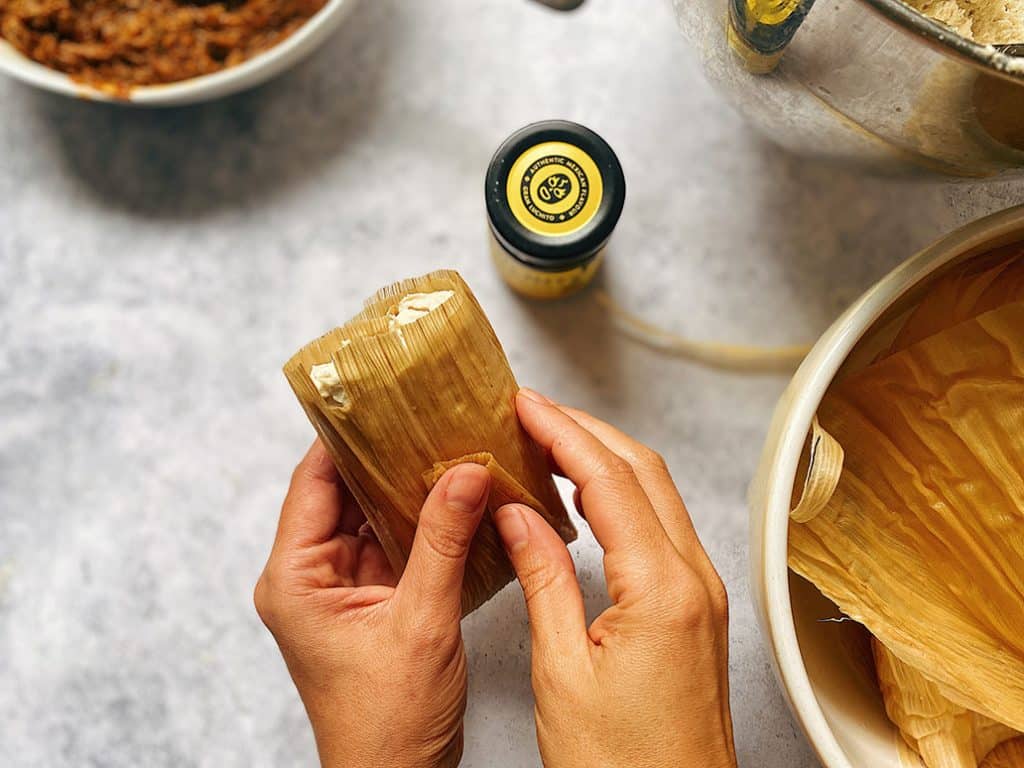

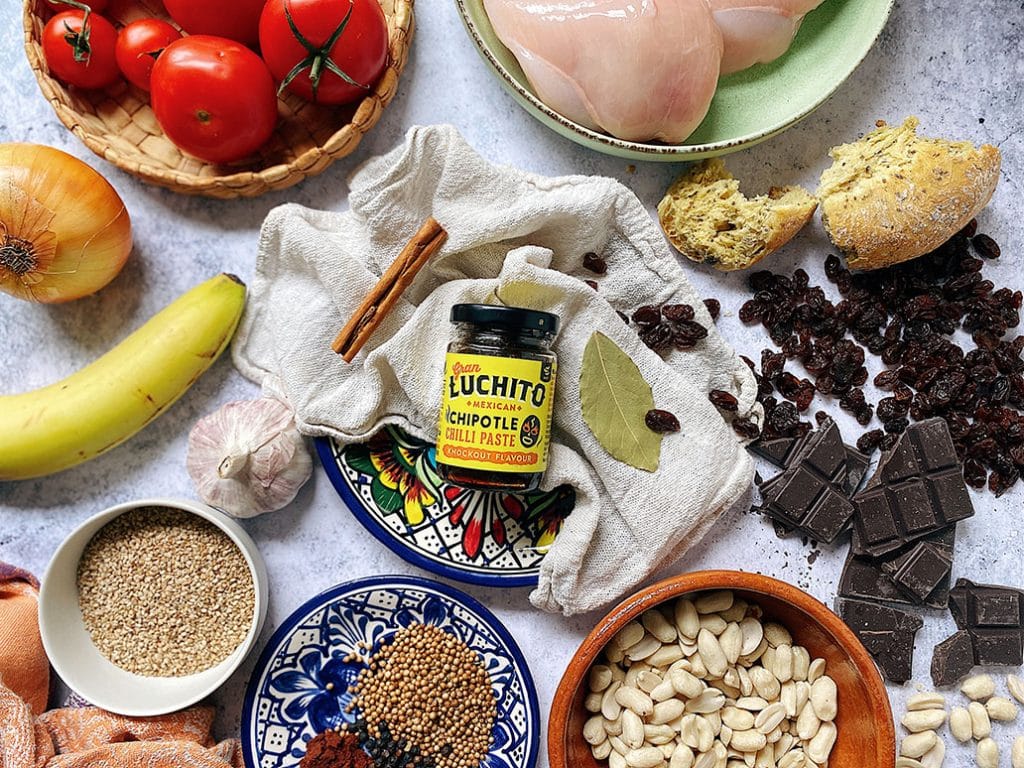
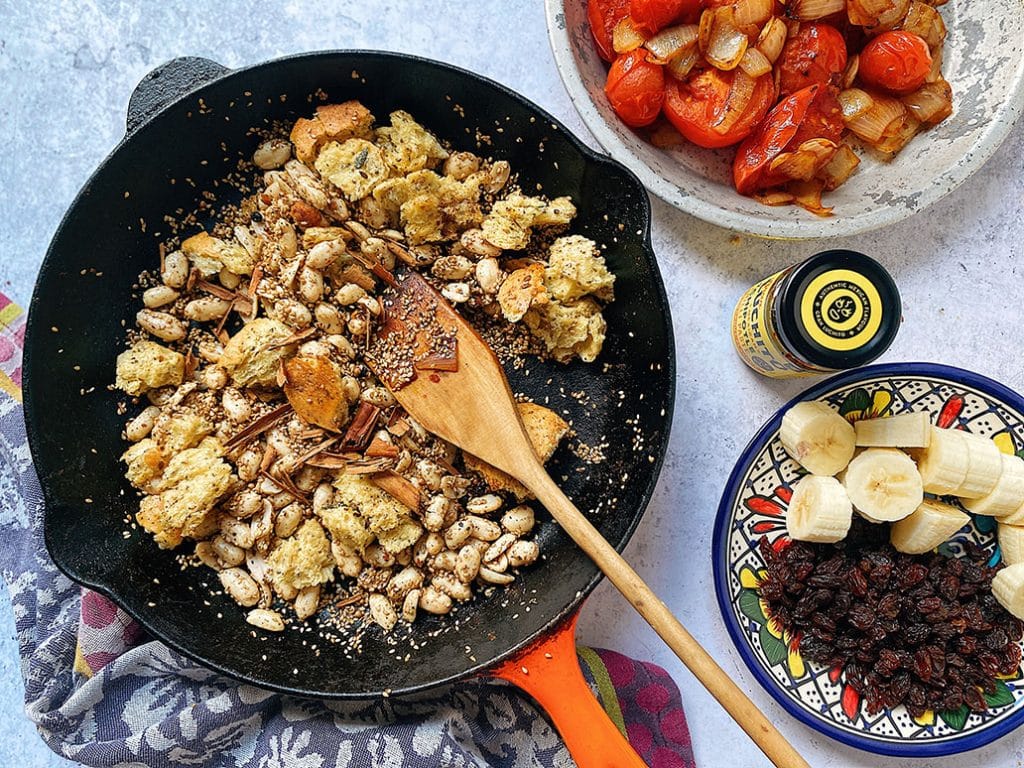

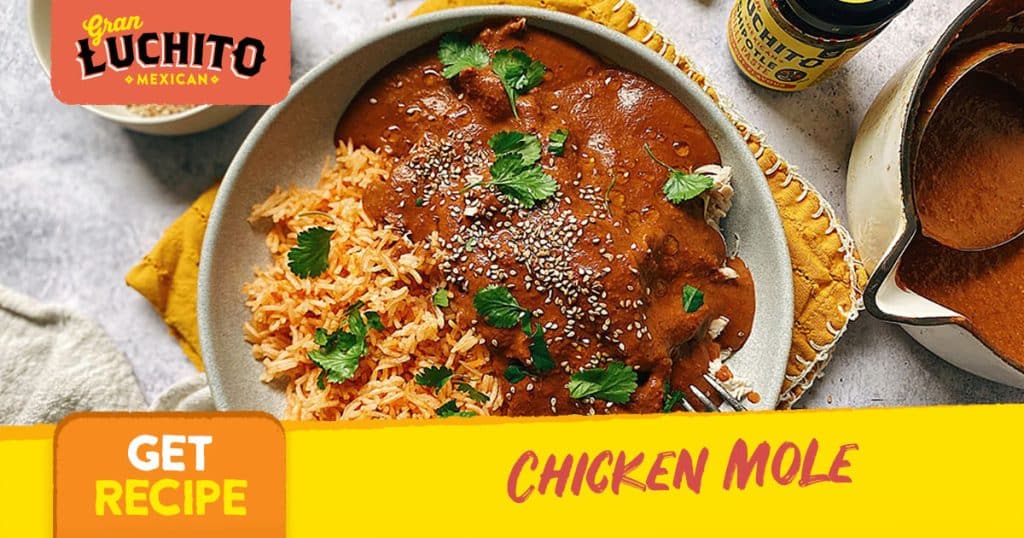
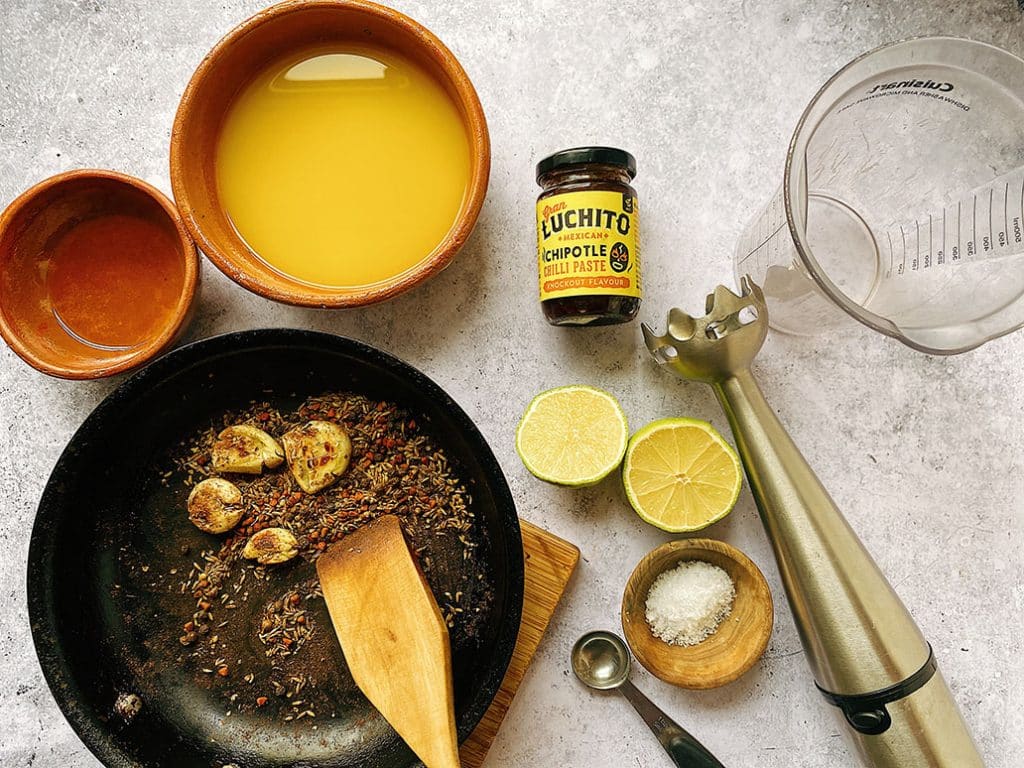
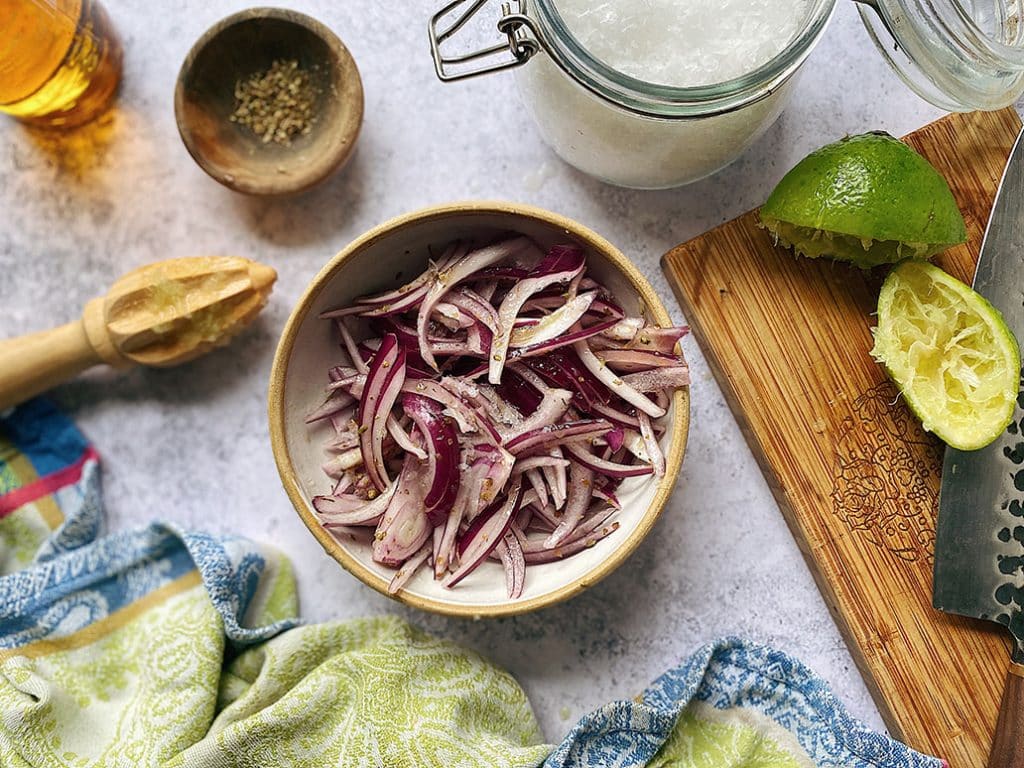

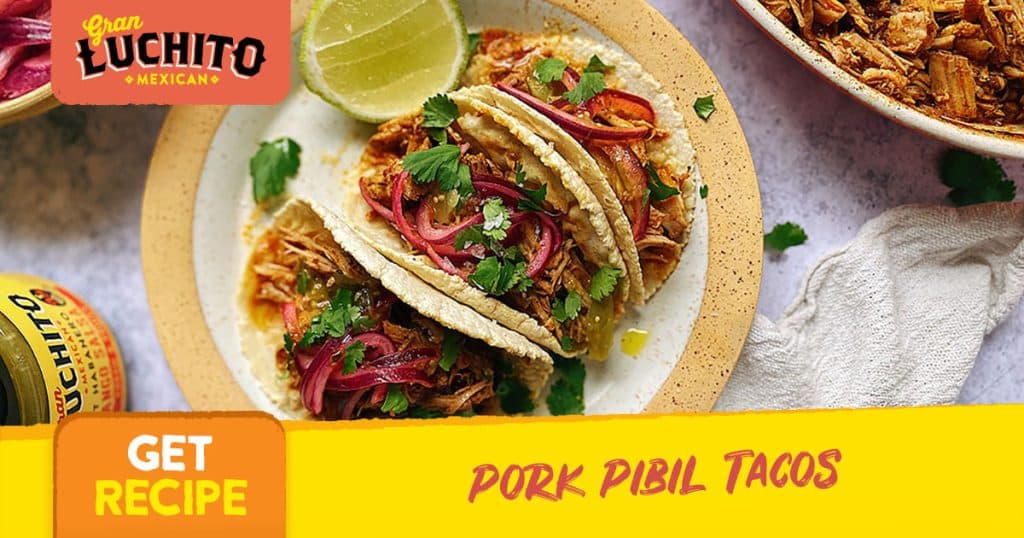
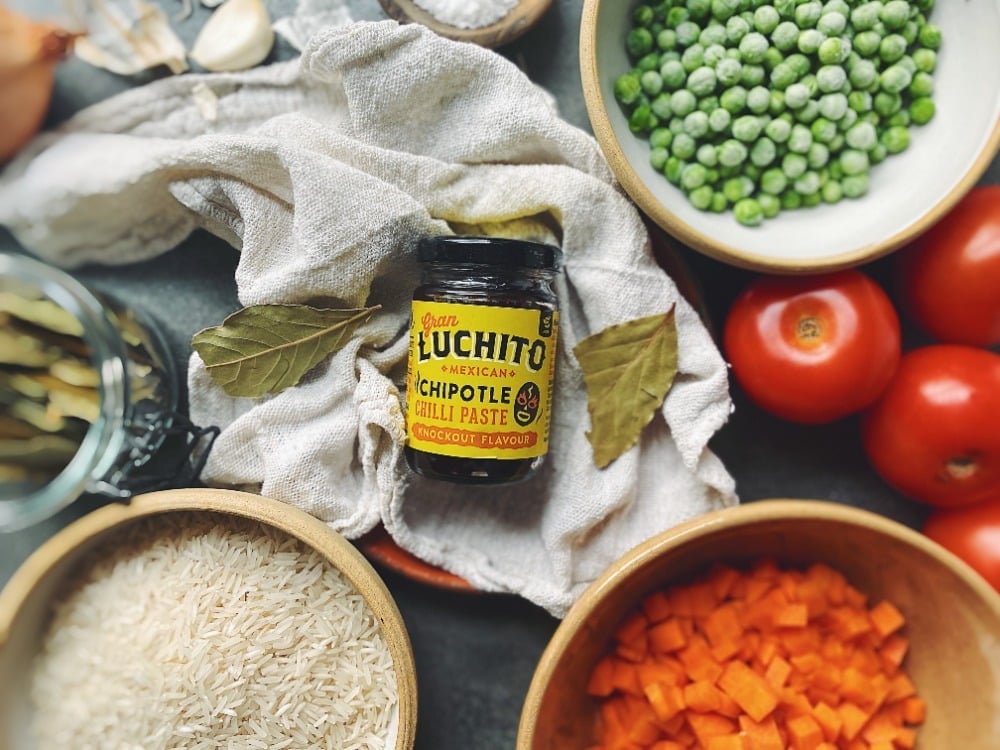
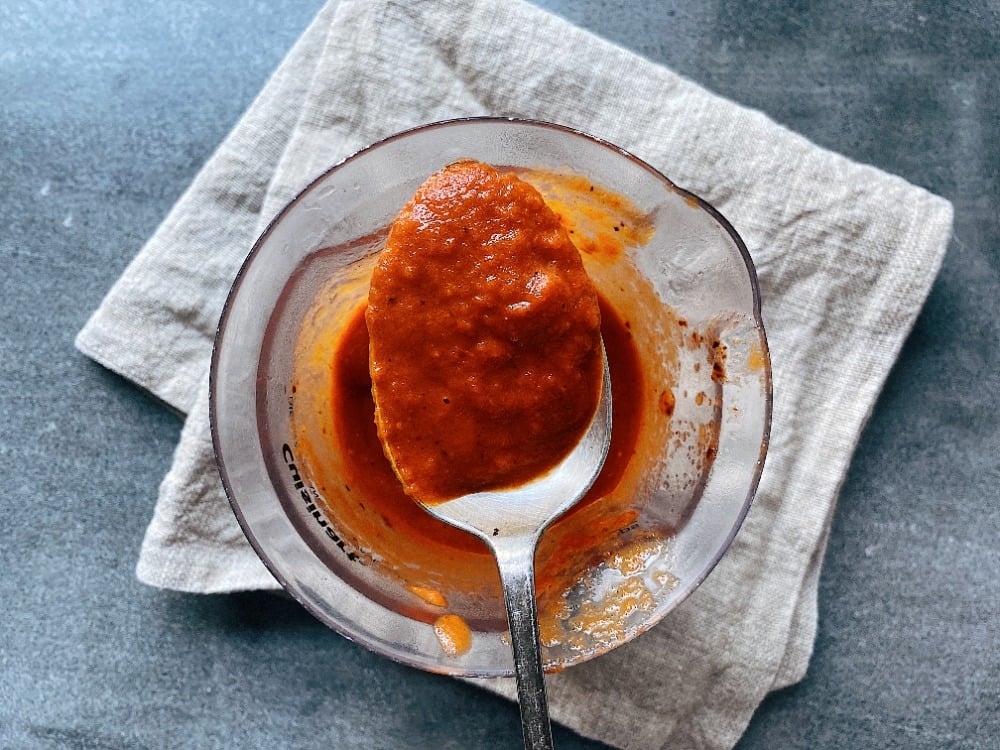
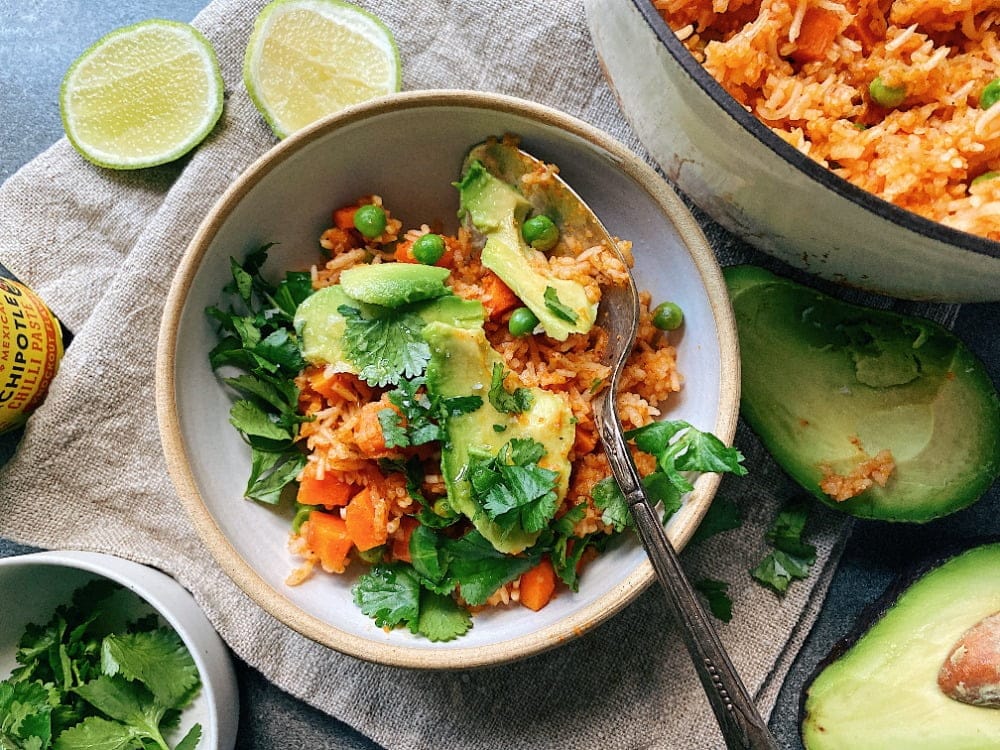
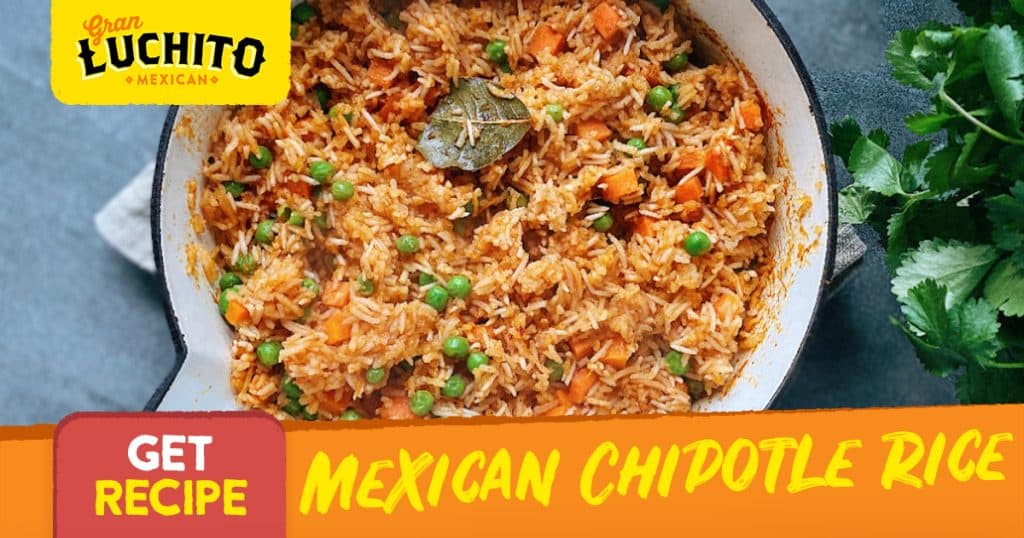
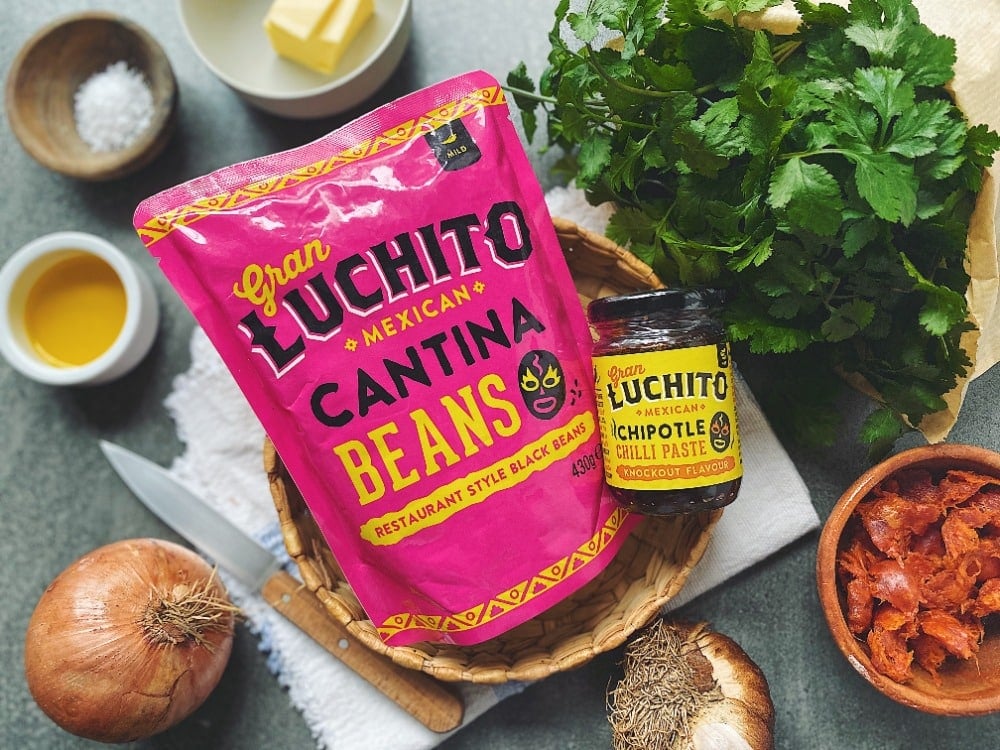

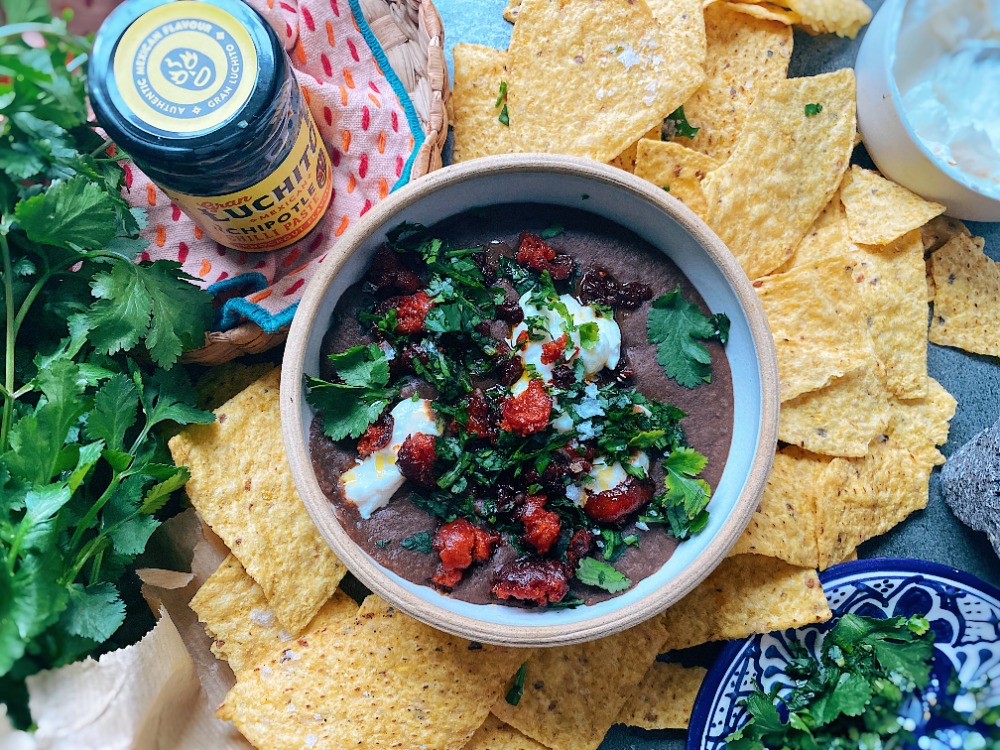
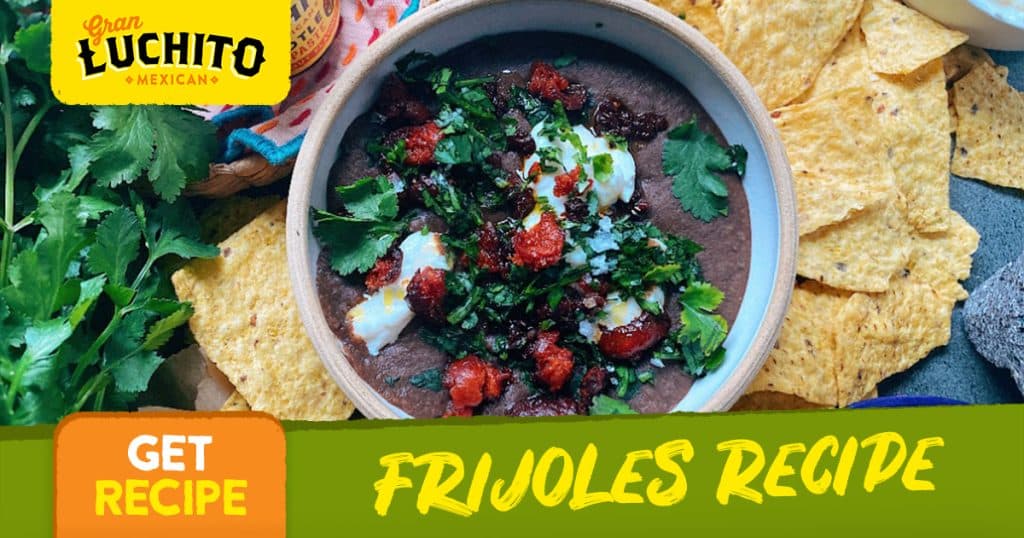

Thank you for this. Was very interesting. I’ll be sharing this link with others.